Introduction: How to Use This Book in Order to Save Time and Write Compelling Performance Appraisals

If youve purchased this book, youre serious about strengthening your written communication skills and developing your subordinates. The truth of the matter is that most performance reviews in corporate America are drafted without much thought and are submitted well after the deadlinenot much of a motivational tool for workers longing for appreciation for a job well done. Yet taking the time to formally appraise employees performance once a year has much more significance than many managers realize. In poll after poll, workers rank pay fourth or fifth on the list of critical workplace factorswell below the critical areas of open communication and recognition for a job well done.
American management teams fail to recognize the critical importance of ongoing feedback and staff development in employee retention matterseven when there are scarce dollars available for merit increase pools. The optimal leadership style provides ongoing feedback day in and day out on a regular and predictable basis. The best people managers realize that by shifting responsibility for employee performance evaluations back to their staff members, they take themselves out of the role of unilateral decision maker and disciplinarian and place themselves into the role of career mentor and coach. In addition, managers who stand out among their peers recognize that the Development section of any performance appraisal is the most critical piece of the process because it constructs a blueprint for employee growth and learning. The learning curve is indeed the glue that binds people to companies. Despite small merit increase pools or opportunities for vertical promotion available in any company at any particular time, satisfied employees will perform at their best and remain loyal when they feel connected, sense that they make a difference at work, and add critical skills and experiences to their resumes.
They say that people join companies and leave managers. Its also said that the difference between an active job seeker and a passive job seeker is one bad day in the office. If your most respected critic were to objectively evaluate your leadership abilities and staff development skills, how do you feel you would rank if were evaluated according to the following criteria:  How effective are you at delegating to and motivating your staff?
How effective are you at delegating to and motivating your staff?  How consistent are you in putting their career and development needs above your own in a goodwill attempt to help them build their resumes and prepare for the next step in progression in their careersat your company or elsewhere?
How consistent are you in putting their career and development needs above your own in a goodwill attempt to help them build their resumes and prepare for the next step in progression in their careersat your company or elsewhere?  How well do you address performance achievements and problems day in and day out so that subordinates understand what is expected of them and how success is measured in your group? The annual performance appraisal process is the once-a-year validation that someone is making a positive differencethat their contributions over 365 days of work are formally recognized and celebrated. Yet, too many managers fill in annual appraisal forms in a perfunctory fashion, looking at the process as a bothersome, yet mandatory task. Enlightened managers, on the other hand, make their jobs much easier by delegating appropriately, listening attentively, and having fun at work. Its not that hard to transition to enlightened management status: All it takes is a willingness to rethink your role in your company, your influence over those you supervise, and your ability to bring out the best in others by motivating them to reach beyond their comfort zone.
How well do you address performance achievements and problems day in and day out so that subordinates understand what is expected of them and how success is measured in your group? The annual performance appraisal process is the once-a-year validation that someone is making a positive differencethat their contributions over 365 days of work are formally recognized and celebrated. Yet, too many managers fill in annual appraisal forms in a perfunctory fashion, looking at the process as a bothersome, yet mandatory task. Enlightened managers, on the other hand, make their jobs much easier by delegating appropriately, listening attentively, and having fun at work. Its not that hard to transition to enlightened management status: All it takes is a willingness to rethink your role in your company, your influence over those you supervise, and your ability to bring out the best in others by motivating them to reach beyond their comfort zone.
Remember that motivation is internal. Youre not responsible for motivating your staff, per se; people are responsible for motivating themselves. You are, however, responsible for creating a work environment in which people can motivate themselves and find new ways of reinventing their work in light of your companys changing needs. To that end, this book will serve as a handy time saver, a narrative assistant, and an insightful guide into new ways of recognizing and rewarding performance.
How to Use This Book
It is often the case that managers avoid or delay written communication tasks that may appear to be confrontational. Similar to a book Ive written called
101 Sample Write-Ups for Documenting Employee Performance Problems: A Guide to Progressive Discipline and Termination, this books key purpose is to help you find the right words and descriptive phrases to communicate your thoughts and perceptions in a concrete manner for specific situations.
In annual performance review. The phrases in these sections fit a variety of interpersonal and managerial styles, commitment levels, pace, need for structure, emotional intelligence, and ability to prioritize and juggle multiple tasks. Refer to these sections any time you have a difficult time finding the right words to describe an individuals preferences, inclinations, peculiarities, or other outstanding features. You might just find a special way of phrasing something that, up to now, youve had a hard time identifying and describing in others. For each of the commonly rated performance factors in , we provide descriptive phrases that can be used to evaluate

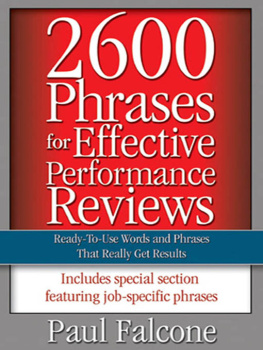
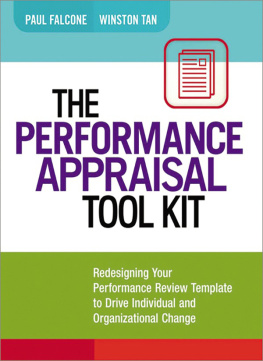
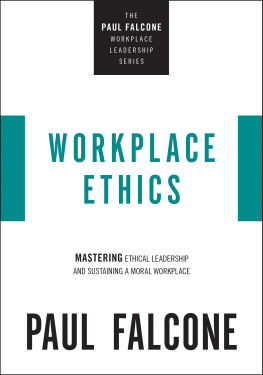
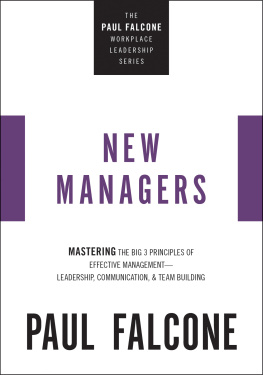



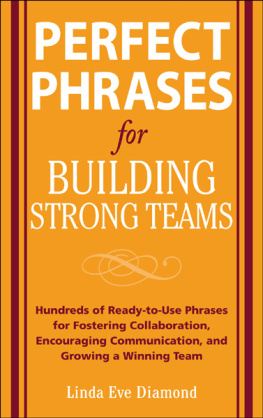
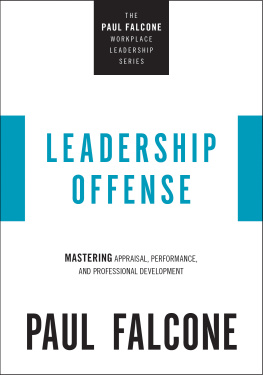

 Special discounts on bulk quantities of AMACOM books are available to corporations, professional associations, and other organizations. For details, contact Special Sales Department, AMACOM, a division of American Management Association, 1601 Broadway, New York, NY 10019.
Special discounts on bulk quantities of AMACOM books are available to corporations, professional associations, and other organizations. For details, contact Special Sales Department, AMACOM, a division of American Management Association, 1601 Broadway, New York, NY 10019. If youve purchased this book, youre serious about strengthening your written communication skills and developing your subordinates. The truth of the matter is that most performance reviews in corporate America are drafted without much thought and are submitted well after the deadlinenot much of a motivational tool for workers longing for appreciation for a job well done. Yet taking the time to formally appraise employees performance once a year has much more significance than many managers realize. In poll after poll, workers rank pay fourth or fifth on the list of critical workplace factorswell below the critical areas of open communication and recognition for a job well done.
If youve purchased this book, youre serious about strengthening your written communication skills and developing your subordinates. The truth of the matter is that most performance reviews in corporate America are drafted without much thought and are submitted well after the deadlinenot much of a motivational tool for workers longing for appreciation for a job well done. Yet taking the time to formally appraise employees performance once a year has much more significance than many managers realize. In poll after poll, workers rank pay fourth or fifth on the list of critical workplace factorswell below the critical areas of open communication and recognition for a job well done.  How effective are you at delegating to and motivating your staff?
How effective are you at delegating to and motivating your staff?